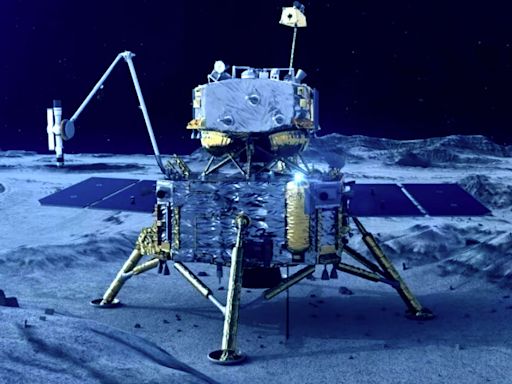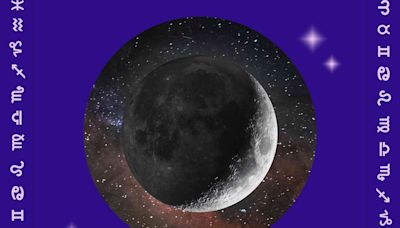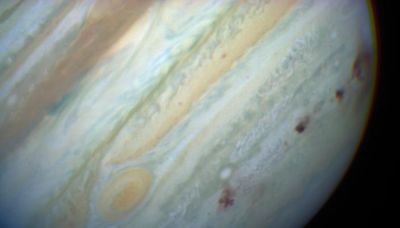Search results
The Earth and the Moon form the Earth-Moon satellite system with a shared center of mass, or barycenter. This barycenter is 1,700 km (1,100 mi) (about a quarter of Earth's radius) beneath the Earth's surface. The Moon's orbit is slightly elliptical, with an orbital eccentricity of 0.055. [1]
Learn about Earth's Moon, its origin, phases, weather, and more from NASA. Discover how the Moon affects our planet and solar system, and explore its history and future missions.
Explore the moon's surface with Google Moon's interactive maps and detailed imagery.
3 days ago · Moon, Earth’s sole natural satellite and nearest celestial body. Known since prehistoric times, it is the brightest object in the sky after the Sun. Its name in English, like that of Earth, is of Germanic and Old English derivation.
- James D. Burke
Learn about the Moon's origin, structure, surface, orbit, phases, and potential for life. Explore the Moon's history, missions, and curiosities with NASA's science and visualizations.
Jun 13, 2024 · Learn about the Moon's features, phases, history and exploration with NASA. Find out how the Moon was formed, what it looks like from Earth and space, and why it is important for science and culture.





